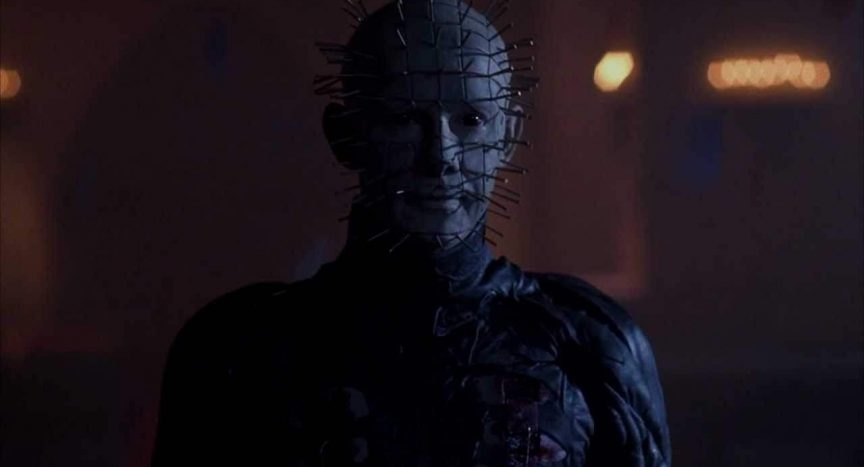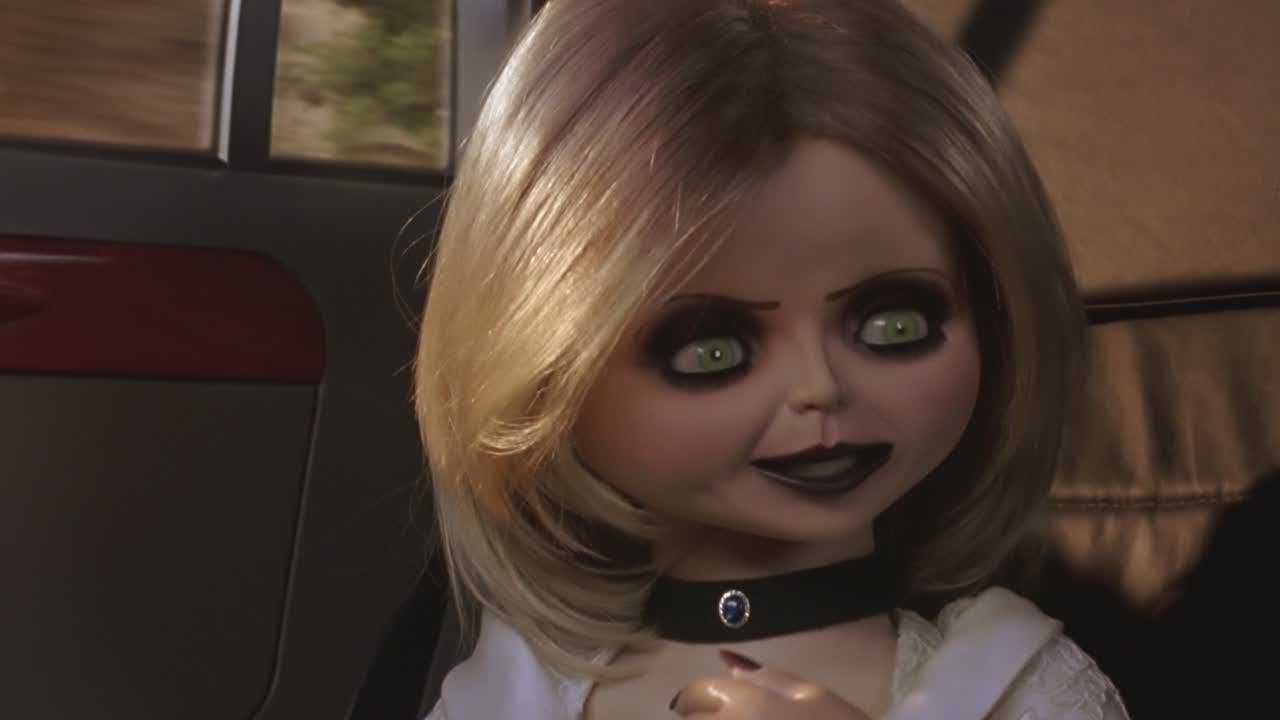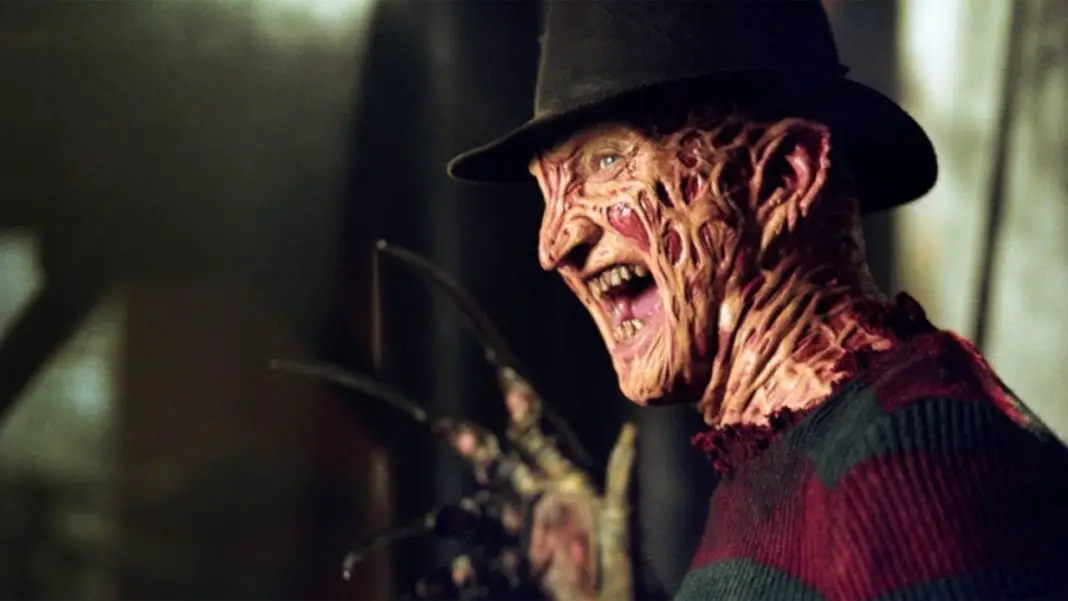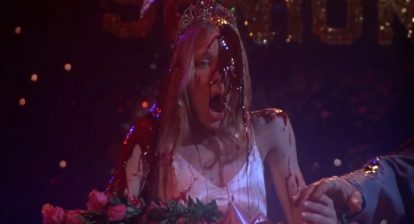The first two Hellraisers are widely regarded as quintessential horror movies. The first has earned its place as a classic. The second may still leave some people on the fence but it is generally fondly remembered. With good reason too, it does everything that a sequel should. It keeps what made the first great, but also completely expands the mythology. The two films complete each other and are almost inseparable. There’s an equally rich consistency to both the story and the visuals.
Then we come to Hellraiser III: Hell on Earth. This one is in some ways as far away from the first two as you can get. The visual style and use of color are completely different. The subtlety Clive Barker put in place is pretty much out the window. It’s big and flashy, two things that are very different from where the franchise began. Because of that, it can be a very strange thing to suggest that Hellraiser III is an important entry in the series canon, but hear me out.
Screenwriter Peter Atkins, who had previously scripted Hellbound: Hellraiser II, was well aware that this would be a completely different type of movie from the first two features. Because of that, there is great care taken with the story to explain those differences.

Doug Bradley also helps the film enormously. He is featured in a dual role as Pinhead and his former human self, Captain Elliot Spencer. While people may overlook this entry, it actually does a lot to drive the story forward.
What we know about Pinhead as a character and where he comes from, most of that comes from this film. Things were introduced in Hellraiser II, but they were not explored to nearly the same extent. Because of that, it was the duty of Hellraiser III to elaborate on those elements and that is what it does.
 Pinhead is featured more prominently and it seems to go against his character to be so front and center. But if you pay attention to the plot, this isn’t the same character we saw in the first two features. This is Pinhead devoid of his humanity. That glimmer of hope in him, the man that let Kirsty go at the end of Hellraiser II, he’s simply a ghost now.
Pinhead is featured more prominently and it seems to go against his character to be so front and center. But if you pay attention to the plot, this isn’t the same character we saw in the first two features. This is Pinhead devoid of his humanity. That glimmer of hope in him, the man that let Kirsty go at the end of Hellraiser II, he’s simply a ghost now.
This Pinhead is free of his soul and is a force of very dark nature. While he causes a lot more carnage, he also is given some of his best lines. This is as eloquent as the Hell Priest has ever been.
While it’s bigger and more expansive, the spirit of Hellraiser is alive and well. We get to finally explore Pinhead as a character by looking at two very different sides of him, both of whom go into making him the demonic priest we know and love.
 The characteristics presented here almost make him even more interesting to watch when going back and looking at the previous entries, knowing that these wildly different personas and ideals all exist within the same being. He comes off as stoic, and there is a sense of emptiness to him on some level, but there’s also a lot that he’s constantly holding back.
The characteristics presented here almost make him even more interesting to watch when going back and looking at the previous entries, knowing that these wildly different personas and ideals all exist within the same being. He comes off as stoic, and there is a sense of emptiness to him on some level, but there’s also a lot that he’s constantly holding back.
Ultimately, Hellraiser III: Hell on Earth suffers from its direction. It’s a well-written movie that is horribly shot. And that pains me to admit, because I am a big fan of Anthony Hickox’s previous feature, Waxwork. He can make an entertaining picture, but a good Hellraiser film needs to be a little more than that. The camera work and color scheme are all off and are definitely abrasive.
These things are what hold it back from being a legitimately great feature, like the first two. Instead, it’s just a popcorn flick; horror to watch to get your mind off things. It does not require you have to think terribly much. That’s not what Hellraiser is really about. In fact it’s in direct opposition to the two previous installments.
 Still, there’s stuff to enjoy. More than anything, it does contribute to the larger, overreaching story. It carries on from all the loose ends of Hellbound and also lays the groundwork—literally—to set up the events of Hellraiser: Bloodline…or at least the middle third, given the strange format the next sequel would take. Even if it is cheesy and even if it stands out for the wrong reasons, there’s continuity here. You could watch Hellraiser III back to back with the first two and it would seem like one continuous story. On that level, it succeeded in what it set out to do.
Still, there’s stuff to enjoy. More than anything, it does contribute to the larger, overreaching story. It carries on from all the loose ends of Hellbound and also lays the groundwork—literally—to set up the events of Hellraiser: Bloodline…or at least the middle third, given the strange format the next sequel would take. Even if it is cheesy and even if it stands out for the wrong reasons, there’s continuity here. You could watch Hellraiser III back to back with the first two and it would seem like one continuous story. On that level, it succeeded in what it set out to do.






